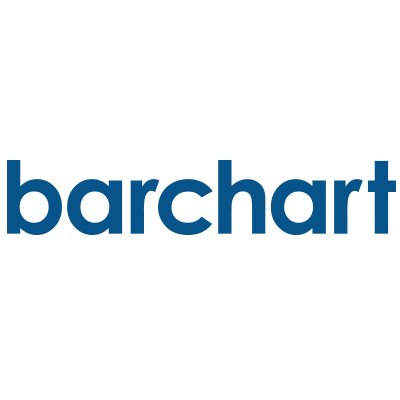
Meta Musk priceMETA
Meta Musk market Info
Live Meta Musk price today in USD
Now that you know the price of Meta Musk today, here's what else you can explore:
How to buy crypto?How to sell crypto?What is Meta Musk (META)What are the prices of similar cryptocurrencies today?Want to get cryptocurrencies instantly?
Buy cryptocurrencies directly with a credit card.Trade various cryptocurrencies on the spot platform for arbitrage.Meta Musk price prediction
What will the price of META be in 2026?
In 2026, based on a +5% annual growth rate forecast, the price of Meta Musk(META) is expected to reach $0.00; based on the predicted price for this year, the cumulative return on investment of investing and holding Meta Musk until the end of 2026 will reach +5%. For more details, check out the Meta Musk price predictions for 2025, 2026, 2030-2050.What will the price of META be in 2030?
About Meta Musk (META)
The Historical Significance and Key Features of Cryptocurrencies
The dawn of the 21st century ushered in revolutionary advancements in technology; one such innovation that has dominated the headlines in recent years is cryptocurrency. Ever since Bitcoin made its debut in 2009, the financial landscape has transformed dramatically. Today, we are in an era where digital assets are an integral part of investment portfolios, and blockchain">blockchain technology has become increasingly important in numerous sectors, not limited to finance.
Historical Significance of Cryptocurrencies
Cryptocurrencies, particularly Bitcoin, emerged as a response to the 2008 financial crisis. Its primary intention was to provide a decentralized form of currency, thereby reducing the average individual's dependency on traditional banking systems and government-controlled financial institutions. Not only did cryptocurrencies give rise to a new form of currency, but they also introduced an innovative type of technology — blockchain.
Blockchain serves as the fundamental technology powering every cryptocurrency. This technology facilitates a decentralized peer-to-peer network, where transactions are verified by network nodes through cryptography, recorded in a public ledger, offering transparency, security, and immutability.
The value and popularity of cryptocurrencies have evolved over the years, leading to the birth of thousands of digital currencies including, Ethereum, Ripple, and BGB. BGB, in particular, has captured significant attention in financial realms due to its unique approach to leveraging digital assets to protect personal wealth.
Key Features of Cryptocurrencies
Cryptocurrencies bring forth a new era of financial empowerment and possess unique qualities that set them apart from traditional forms.
Decentralization
Unlike fiat currencies controlled by centralized banking systems, cryptocurrencies are decentralized. Blockchain technology permits a system where no central authority exercises control over the currency. This attribute is attractive to those who are skeptical of governmental control over currencies.
Transparency and security
Every transaction made on a cryptocurrency network is made visible to anyone within the network while keeping the identities anonymous. This layer of transparency makes it difficult to manipulate or counterfeit transactions. Cryptocurrencies also provide robust security. When a transaction is confirmed, it becomes a part of the blockchain and cannot be changed, making the system extremely secured against fraud and theft.
Accessibility
Cryptocurrencies hold a massive potential to bring financial services to people with no access to traditional banking systems. The only requirement is a smartphone with internet access. This means anyone can send and receive payments from anywhere in the globe - a feature that is particularly powerful for countries with underserviced banking facilities.
In conclusion, the democratized finance brought upon by cryptocurrencies is a significant shift in the global economic landscape. As these digital currencies continuously thrive and innovate, their historical milestones reinforce their value while their key features strengthen their usability, suggesting that they could be more than just a speculative instrument, but a transformative technological invention.
Bitget Insights




What can you do with cryptos like Meta Musk (META)?
Deposit easily and withdraw quicklyBuy to grow, sell to profitTrade spot for arbitrageTrade futures for high risk and high returnEarn passive income with stable interest ratesTransfer assets with your Web3 walletWhat is Meta Musk and how does Meta Musk work?
Buy more
FAQ
What is the current price of Meta Musk?
What is the 24 hour trading volume of Meta Musk?
What is the all-time high of Meta Musk?
Can I buy Meta Musk on Bitget?
Can I get a steady income from investing in Meta Musk?
Where can I buy Meta Musk with the lowest fee?
Related cryptocurrency prices
Prices of newly listed coins on Bitget
Hot promotions
Where can I buy Meta Musk (META)?
Video section — quick verification, quick trading









